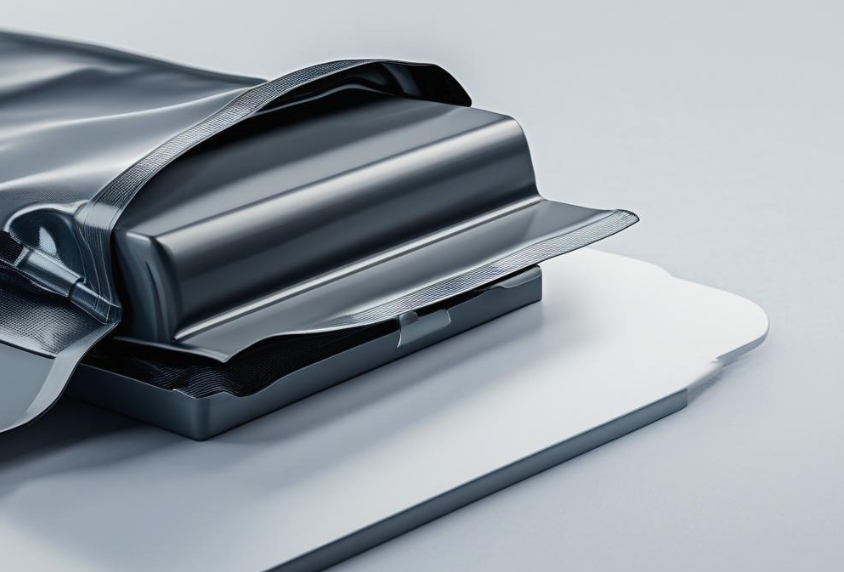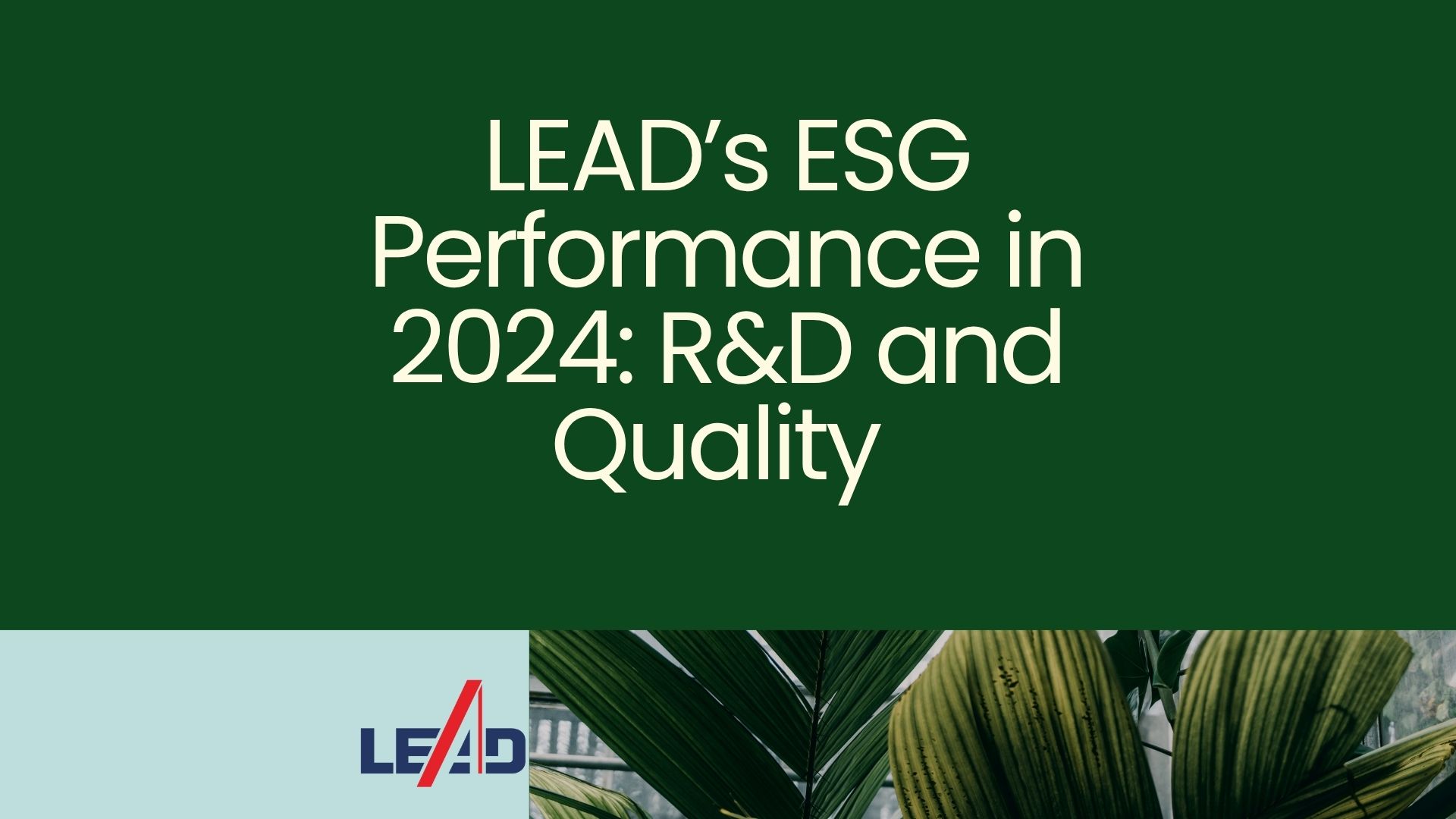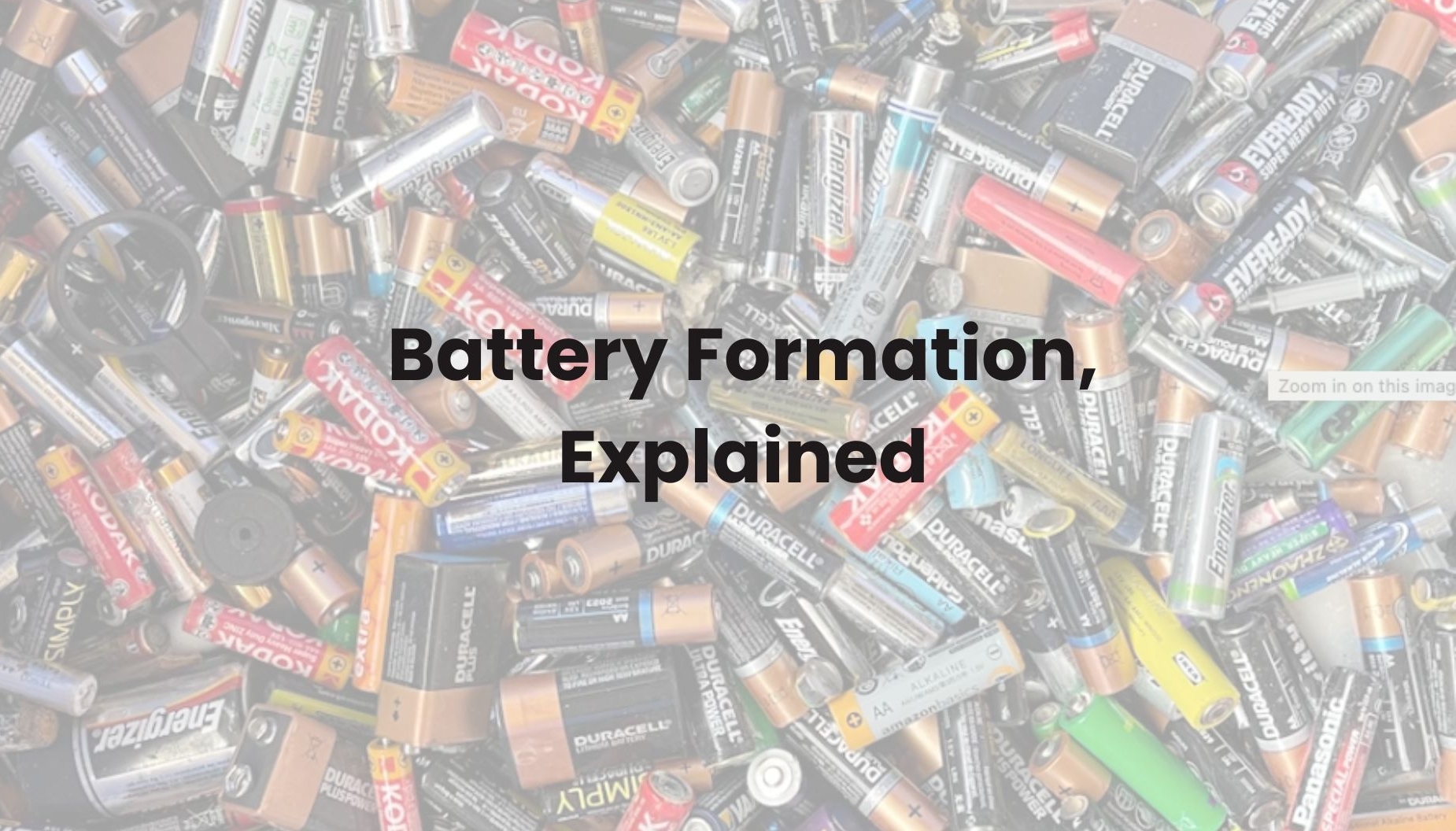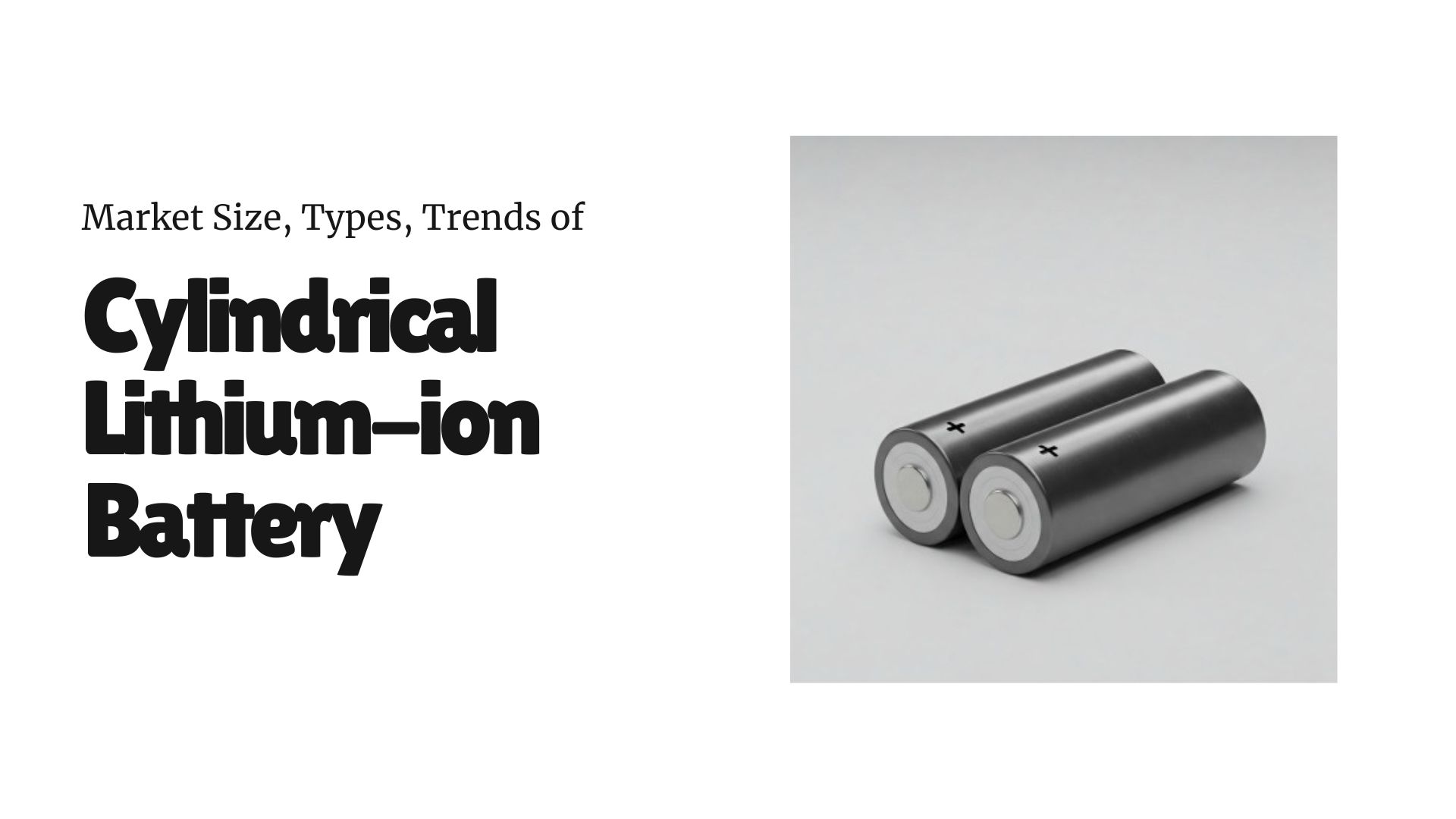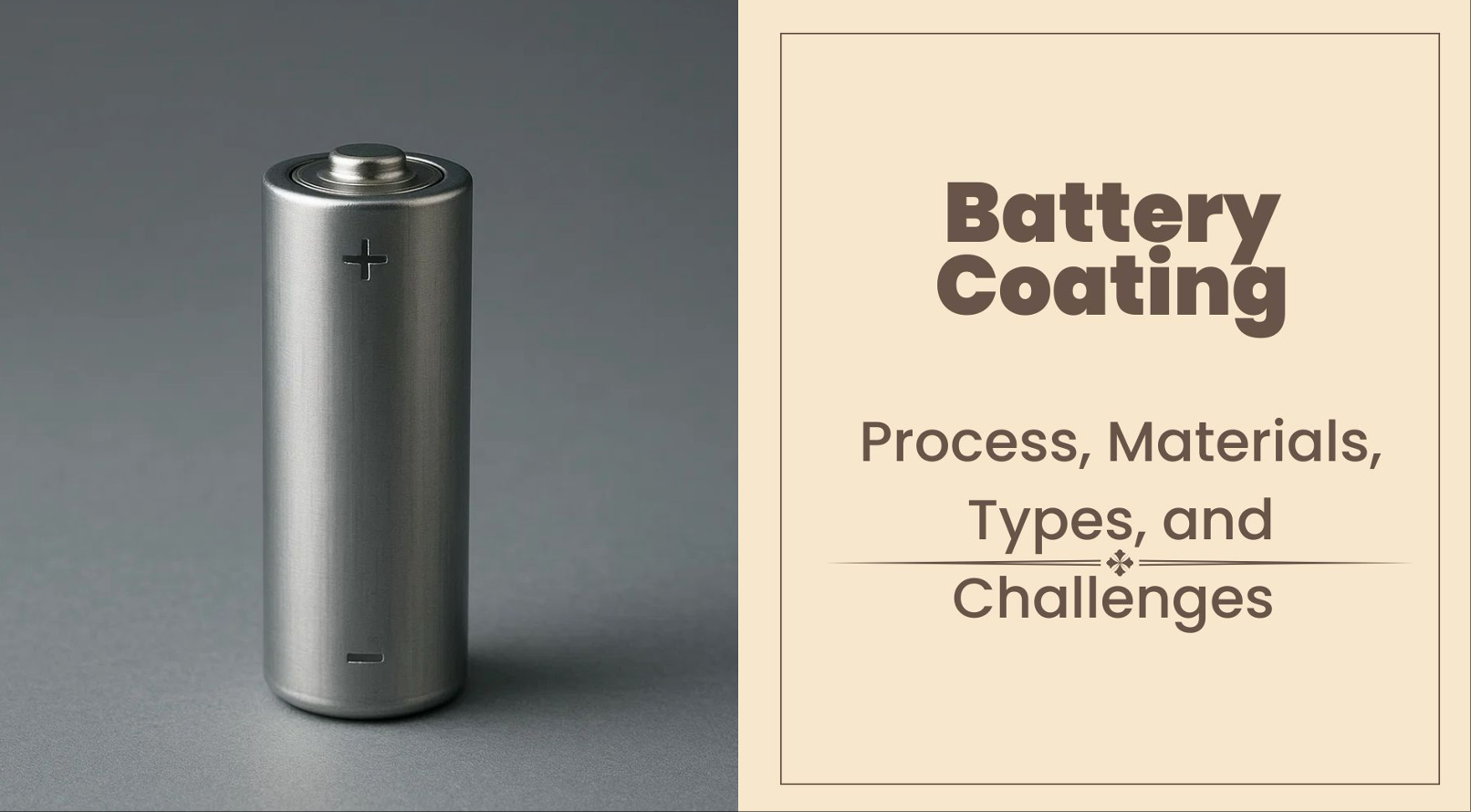
Battery coating is a step in the battery-making process where a thin layer of material is applied to parts of the battery, usually the anode or cathode. These parts are where energy is stored and released. The coating helps protect these parts, making the battery work better and last longer.
Although it may seem like a minor step, battery coating is actually a crucial step in manufacturing batteries and their performance.
In this article, we’ll examine every aspect of battery coating, from types and materials to challenges and recommendations, exploring why it matters for overall battery assembly and performance, encompassing everything from phones to electric cars.
The Battery Coating Process
As battery coating begins, a special liquid mixture, called a slurry, is applied to a thin metal foil, which serves as the base for either the anode or cathode of the battery. This slurry contains active materials (like lithium compounds or graphite), along with binders and solvents. After the slurry is coated onto the foil, it’s dried to remove the solvent, leaving behind a solid, even layer that helps the battery store and release energy efficiently.
The Materials Used in Battery Coating
As mentioned, battery coating needs slurry to be applied to either the anode or cathode foil, depending on the battery type. And, in fact, the slurry is made of the coating materials, including:
1. Active Materials
These are the most essential ingredients. Active materials are the particles that actually hold and release energy during charging and discharging.
For cathodes (the positive side of the battery), common active materials include:
- Lithium Nickel Manganese Cobalt Oxide (NMC)
- Lithium Iron Phosphate (LFP)
- Lithium Cobalt Oxide (LCO)
For anodes (the negative side), the most common material is:
- Graphite
- Silicon-based materials (being used more in newer batteries)
2. Binders
Binders help hold everything together. They ensure the active material sticks firmly to the metal foil and doesn’t flake off during battery use. Common binders include:
- PVDF (Polyvinylidene fluoride) for cathodes
- CMC (Carboxymethyl cellulose) and SBR (Styrene-butadiene rubber) for anodes
3. Conductive Additives
These are added to enhance the ease with which electricity can flow through the coated layer. Even though active materials store energy, they are not always great conductors, so these additives help carry the electric current more efficiently. A typical example is:
- Carbon black, which is widely used for both anode and cathode slurries
4. Solvents
Solvents are used to turn the solid ingredients into a liquid slurry for coating. After the coating is applied, the solvent is removed through a drying process.
- For cathodes, a typical solvent is NMP (N-Methyl-2-pyrrolidone)
- For anodes, water is often used, making the process safer and more environmentally friendly
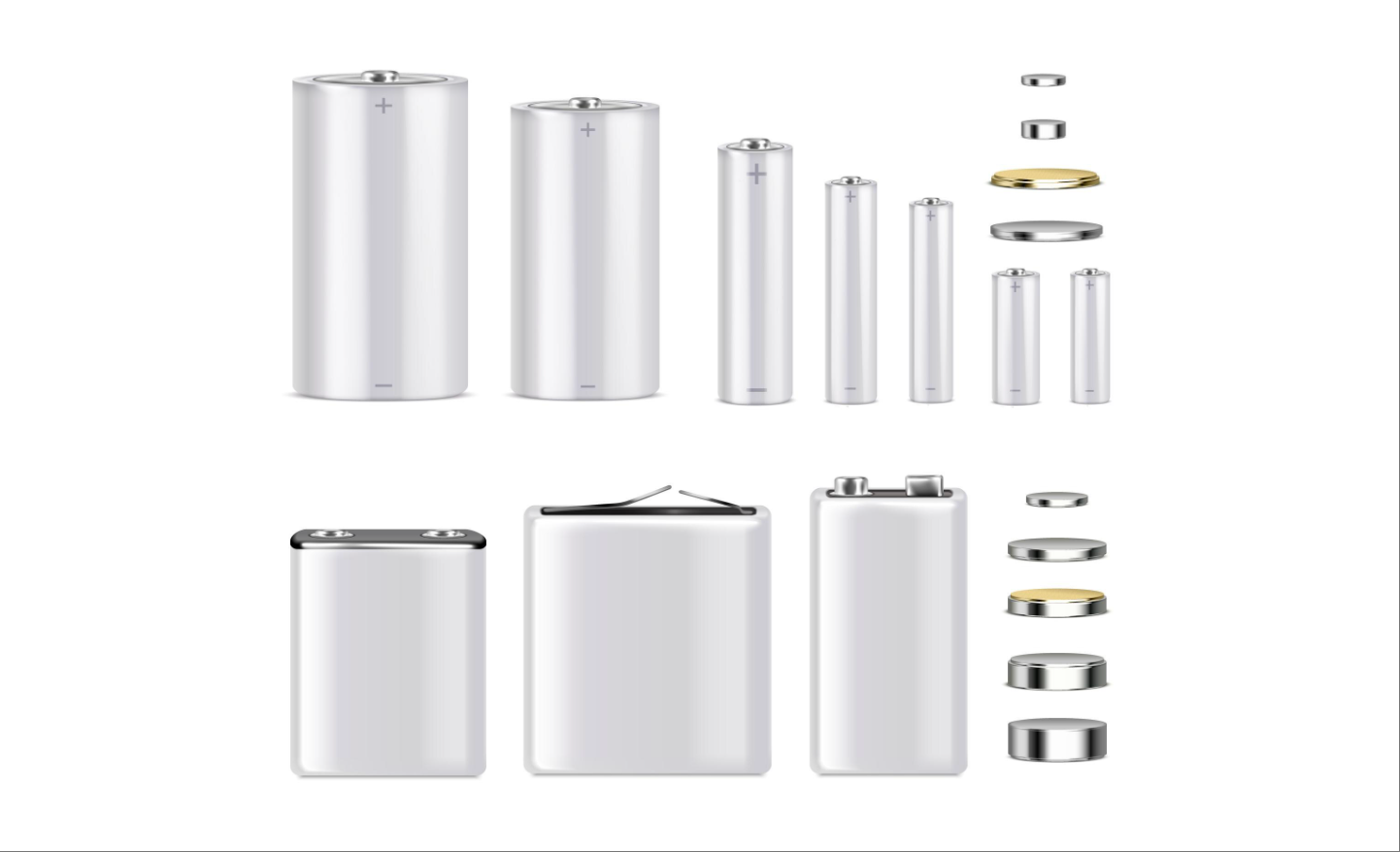
(Copyright Photo from: http://www.freepik.com/free-vector/lithium-salt-alkaline-batteries-different-sizes-realistic-set-isolated-white-background-vector-illustration_37420032.htm#fromView=search&page=1&position=14&uuid=9b99afae-f75a-4e4e-92e9-e0bcb61de8ff&query=cylindrical+battery+cell)
Common Battery Coating Techniques
To undergo battery coating well, there are several ways to apply it.
1. Slot-Die Coating
Slot-die coating is one of the most precise and the latest techniques used in modern battery factories. In this method, the coating material is pushed through a narrow slot and directly onto a moving sheet, usually a metal foil that will become part of the battery.
The amount of material applied can be controlled highly accurately, which helps make coatings that are smooth, thin, and consistent. This is especially important for high-performance lithium-ion batteries.
2. Comma Bar Coating
Comma bar coating is a self-metering technique. The coating material is spread over the foil as it passes under a fixed metal bar (the “comma bar”). The thickness of the coating is controlled by the gap between the bar and the substrate. No external pump is needed to control the film thickness. It’s defined mechanically by the system itself.
3. Gravure Coating
Gravure coating is a roll-to-roll method that uses a special roller engraved with tiny cells or pits. As the roller rotates through a bath of slurry, it fills the cells and transfers the material onto the foil by pressing against it. The amount of coating depends on the size and pattern of the cells, as well as the pressure and speed of the roller.
Gravure coating can handle complex electrode shapes. However, it requires well-designed rollers and may create fine lines or patterns if not appropriately maintained.
The Importance of Uniformity and Precision in Battery Coating
Battery coating demands that manufacturers follow the process, utilize excellent materials, and operate in the right manner. Its result is simple and clear: deliver uniformity and precision.
Better Electron and Ion Flow
Inside a battery cell, energy is stored and released as electrons and lithium ions move through the coated layers. If the coating is uneven, this movement can become blocked or slowed down. A smooth, consistent layer helps create clean pathways for both ions and electrons, improving the battery’s performance.
Prevents Local Damage and Lithium Plating
Uneven coating can cause some areas of the battery to carry more electrical current than others. This buildup of current in one spot can lead to lithium plating, where lithium metal builds up on the surface instead of flowing correctly. This can reduce battery life and even cause safety issues like short circuits.
Impacts Capacity, Efficiency, and Safety
How much energy a battery can hold (its capacity) and how well it holds that energy over time (its efficiency) are both affected by the quality of the coating. Poor coating can lead to faster wear, energy loss, or overheating. On the other hand, a well-coated electrode helps the battery run smoothly and safely.
Meet Industry Demands
In today’s battery industry, manufacturers are expected to maintain coating thickness with micron-level accuracy, typically within ±2 to 3 microns. This is not just a goal—it’s a standard requirement to meet the performance, safety, and quality demands of various clients, including electric vehicles, mobile devices, and energy storage systems.
The Challenges in Battery Coating and Its Solution
As production transitions from lab scale to mass production, manufacturers encounter a range of coating-related challenges that can directly impact battery quality, yield, and safety.
Common Challenges in Battery Coating
- Slurry Uniformity and Viscosity Fluctuations: Inconsistent slurry properties can lead to uneven coatings, clogging, or layer defects. Maintaining a stable slurry composition is especially hard during continuous high-speed production.
- Edge Defects and Uneven Thickness: Variations in coating near the edges or across the width of the electrode can cause weak spots in the battery. These may lead to uneven wear, reduced capacity, or even safety risks over time.
- Drying Rate Inconsistencies: If the coated layer dries too fast or unevenly, it may crack or develop defects. This compromises the mechanical strength of the electrode and reduces yield.
LEAD’s Coating Machine to Solve the Difficulties
LEAD’s Coating Machine is designed to meet these challenges and to give manufacturers a competitive edge in quality, consistency, and scalability in battery manufacturing.
- Real-Time Thickness Monitoring
LEAD machines are equipped with multiple measurement systems that track thickness at 3 key stages: the substrate, the wet coating, and the dry electrode. This ensures every layer meets tight tolerances in real time.
- Automated Width and Alignment Inspection
An inline CCD system continuously monitors coil width and alignment. This prevents edge defects and misalignments that could lead to material waste or faulty cells.
- Precision Motion and Tension Control
LEAD’s specially engineered motion control system maintains stable electrode movement even at high speeds. With tension control accuracy ≤±1%, it remains consistent and wrinkle-free throughout production.
- Ultra-Fine Gap Adjustment
The gap between the coating die and the back roller is critical to coating thickness. LEAD’s system includes a micrometer-level precision regulator with gap adjustment accuracy of 0.1μm and repeatability ≤1μm—ensuring flawless layer control.
- Advanced Drying Airflow Control
Uniform drying is essential to prevent cracking. LEAD achieves lateral air uniformity ≤±1.5% per nozzle and ≤±3% per oven segment, helping create smooth, stable coatings without defects caused by uneven drying.
By solving production challenges with automation, precision, and smart management, LEAD’s Coating Machine strengthens the reliability of every battery made. It can be a key player in next-generation battery manufacturing.
Contact
"*" indicates required fields


